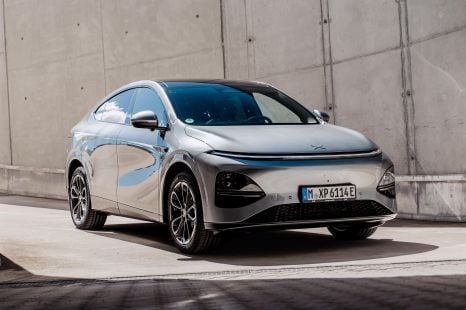

William Stopford
Xpeng G6 update closer to Australia as current model gets special deals
1 Day Ago
The Seltos Sport+ AWD is nearly GT-Line money, and for us that step up to the flagship grade with FWD is probably a wise one.
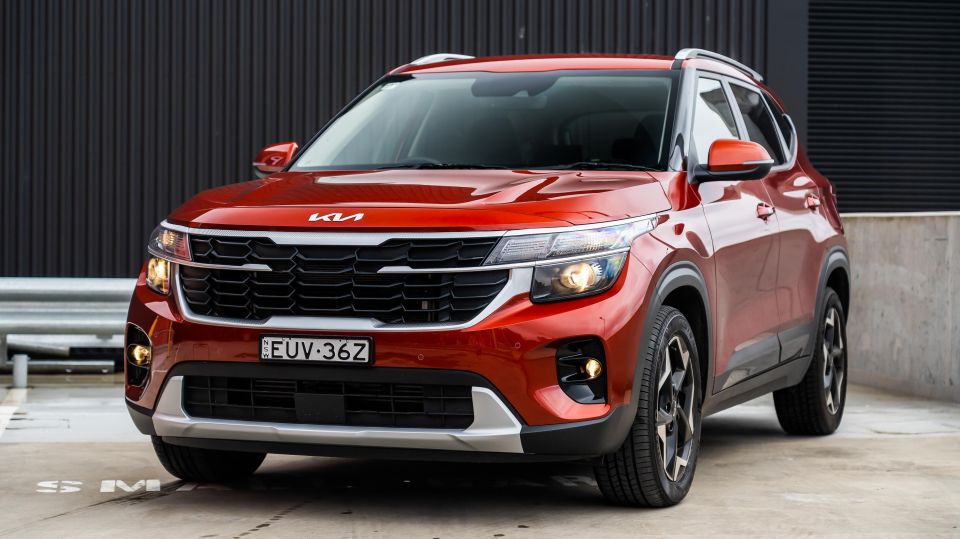
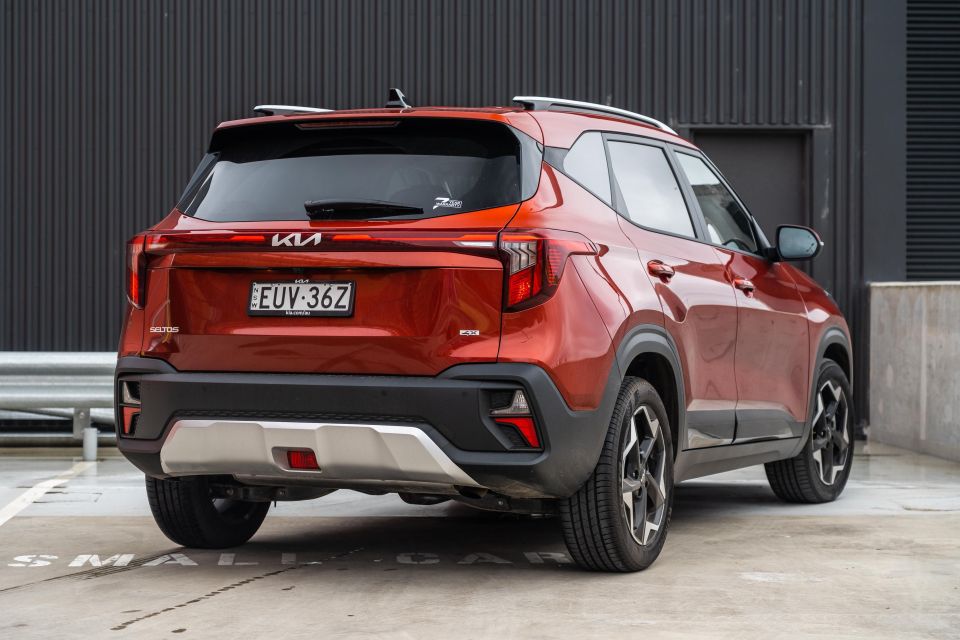

Quickly see how this car stacks up against its competition. Select any benchmark to see more details.
Where expert car reviews meet expert car buying – CarExpert gives you trusted advice, personalised service and real savings on your next new car.
In the past two years alone, some 19,000 Australians have had a Kia Seltos added to their driveway.

Sitting somewhere between the small and medium segments in terms of overall size, the Seltos has cemented itself as a popular option for Aussie car buyers that want the practicality and higher hip point of a crossover or SUV, mixed in with more compact, city-friendly dimensions.
It’s seen pretty solid sales success without outright segment leadership, largely because the Korean brand simply cannot get enough of them – Australia has to compete with the South Korean and North American markets for supply, and the Seltos is quite popular in both of those regions.
The facelifted model first hit Australia last year, and yours truly attended the Australian media launch. It brought some solid upgrades to an already capable product, as well as a wider range of variants and was the first volume product from the brand to rollout Kia Connect online services.
A year or so on, and the Seltos remains one of the top picks in a seriously competitive segment. Its combination of value, space and on-road manners are no doubt the key reasons the nameplate has proven so popular.
On test we have the penultimate 2024 Kia Seltos Sport+ trim with the optional 1.6-litre turbocharged AWD drivetrain. Is it the one you should buy? Read on to find out.
The Seltos Sport+ can be had from $38,790 drive-away with the naturally aspirated petrol engine and front-wheel drive, or $42,290 drive-away for the turbo’d AWD version tested here – $300 up on MY23.
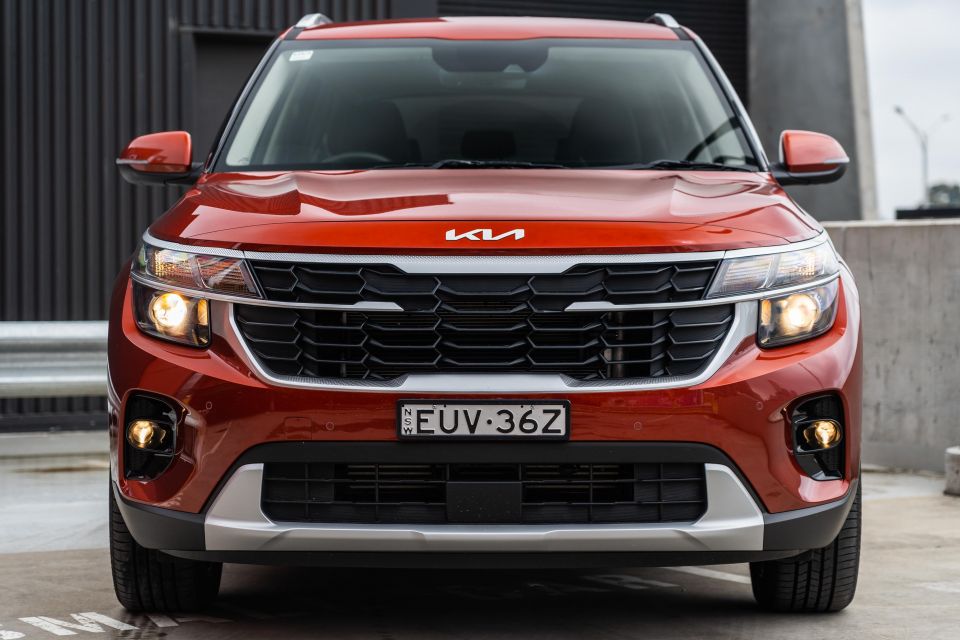
Kia Seltos pricing:
All prices are drive-away
To see how the Seltos compares to its rivals, line it up with any of its rivals using our comparison tool.
Buy your new car without the stress. It's fast, simple and completely free.

Great service from Travis and team, second time I have used this business would not hesitate to recommend them to anyone
Craig C.
Purchased a Ford Ranger in Sunshine Coast, QLD
CarExpert helped Craig save thousands on his Ford Ranger, now let us save you on your next new car.
Find a dealKia has followed brands like Mercedes-Benz in rolling out dual display housings for a wraparound effect, which in the Seltos Sport+ with its high-definition 10.25-inch screens looks quite posh for a mainstream car.
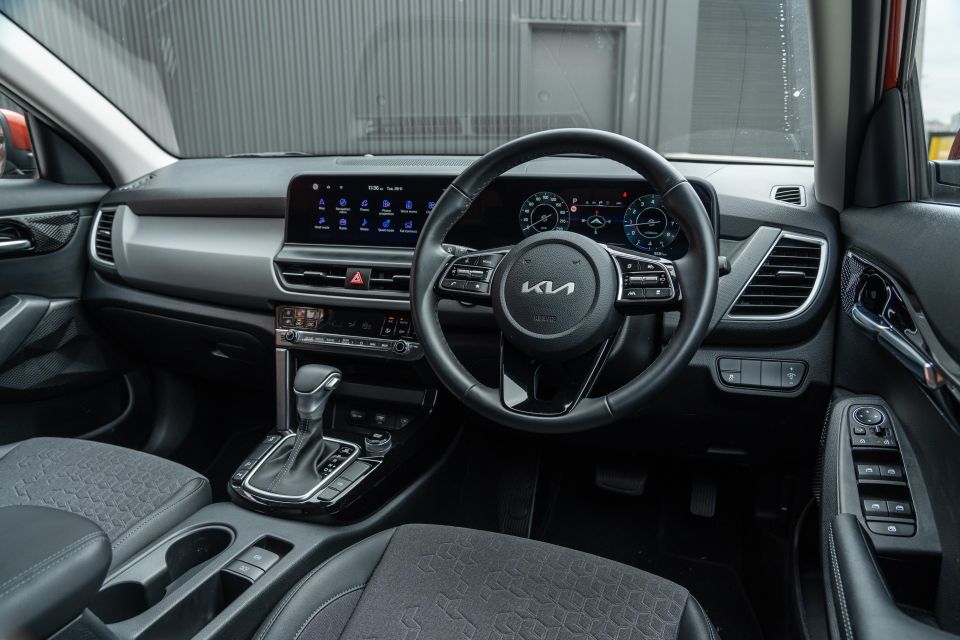
The dual displays are standard from the Sport and up, and come with everything from embedded satellite navigation and DAB+ radio, to wired Apple CarPlay and Android Auto as well as Kia Connect telematics and services.
It’s familiar Hyundai-Kia fare in terms of the skin and interface, mirroring what’s available elsewhere in the range. The displays themselves are high resolution, offer snappy loading times, and smooth, fluid animations. It also means you get connected navigation, a net-based voice assistant, and app-based remote functions – you can read all about it here.
Kia Connect is free for seven years, meaning owning the Seltos during the warranty period doesn’t come with any added costs or subscriptions to access the full technology suite. By comparison, the Toyota Corolla Cross gets just one year of Toyota Connected Services, with ongoing monthly fees of up to $20 per month thereafter.
If you’re not using the native system, there’s Apple CarPlay and Android Auto, though still wired on the 10.25-inch infotainment unit with satellite navigation. It feels contradictory to tout the high-tech connected services and feature suite, but still need to wire in your phone.
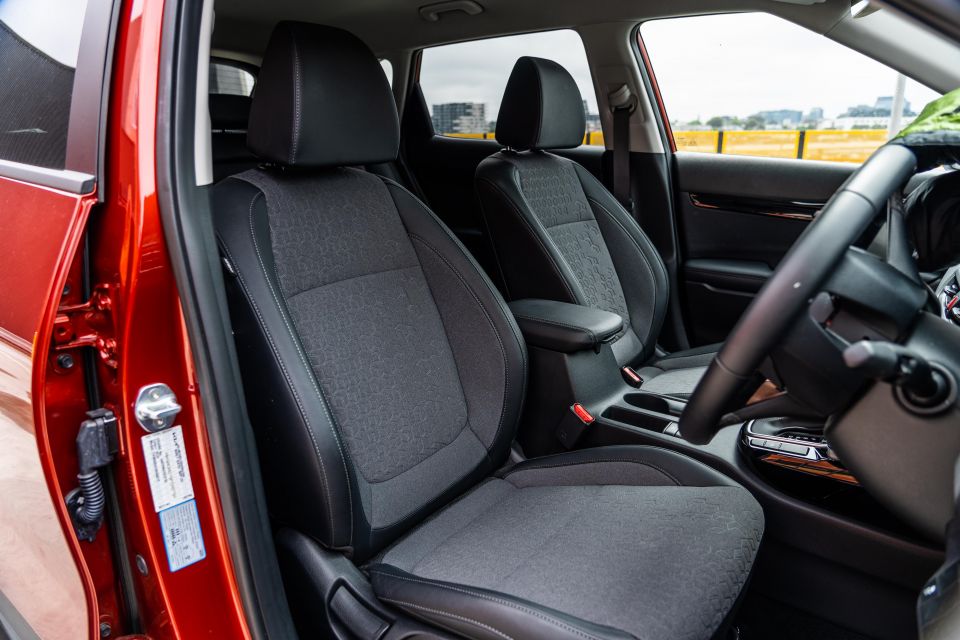
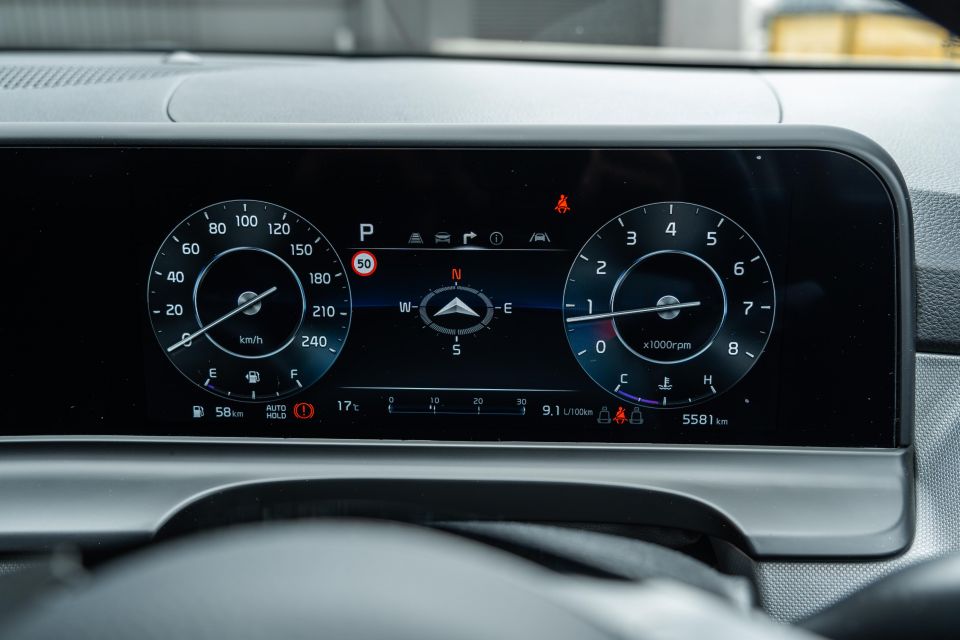

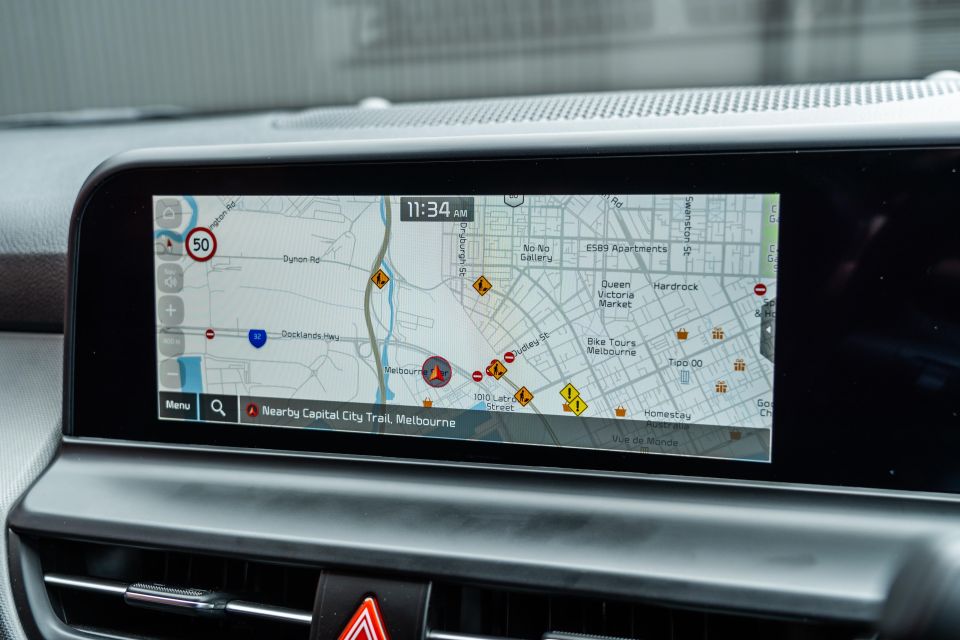
Despite being one down from the flagship GT-Line in the family tree, the Sport+ retains majority cloth seat trim with leatherette bolsters. The front pews are pretty comfy if a little wide and flat in areas – the Mazda CX-30 has far more supportive and hugging chairs up front, by comparison.
Material quality is also a knock compared to benchmarks in the segment, with the interior being almost exclusively hard, scratchy plastics that make even a Cerato feel luxurious – but Kia’s typical solid build quality otherwise remains.
Below the screens is the climate control pod, which features more physical buttons than the old Seltos and is where the hard controls for the infotainment system are placed. Some may find the placement of the infotainment controls lower down less intuitive than having them on either side of the screen, but that’s down to personal preference.
The Seltos retains its practical shelves and cubbies to store things; including a shelf for your phone, another cubby under that large enough to swallow wallets and keys, as well as a centre console with cupholders and a slot for the vehicle key, or McDonald’s fries even…
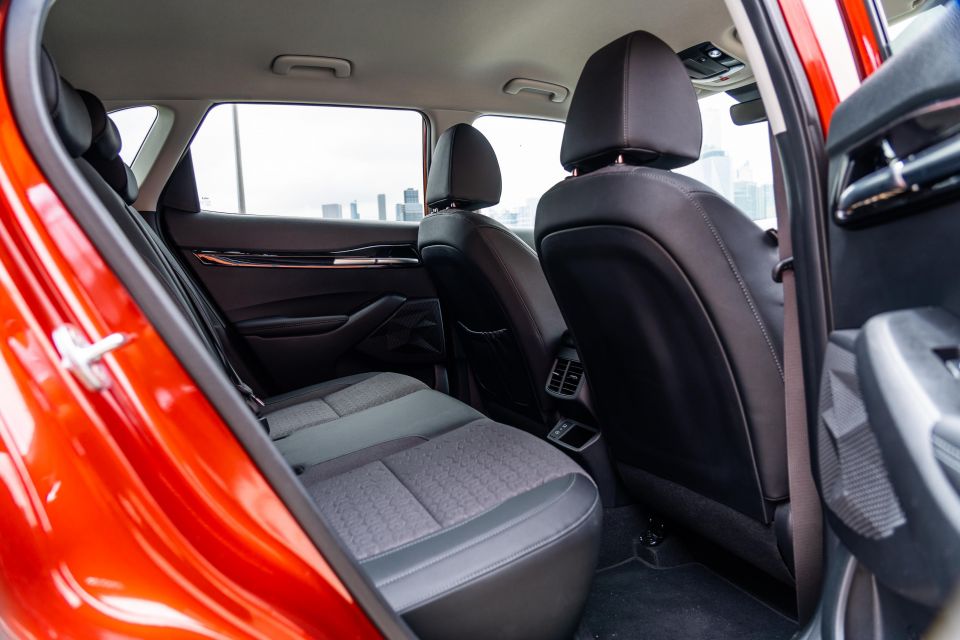
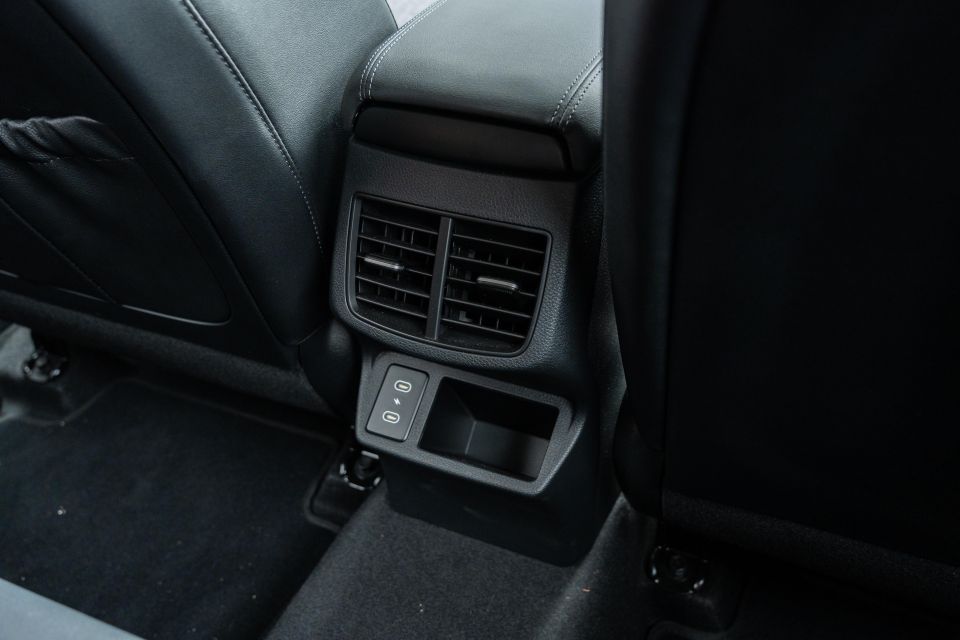
One of the key differentiators between the Seltos and a number of small SUVs is the back seat, where it’s up there with the likes of class leaders (think GWM Haval Jolion and Mitsubishi Eclipse Cross) in terms of passenger space.
Even over six-footers like myself can get comfortable in the second row, with very good head, leg, knee and toe room for the class. It’s a pretty flat seat like the fronts, meaning you can squeeze three across if you really need to but it also means your rear passengers might slide around a bit.
Rear amenities include directional air vents behind the centre console, a map pocket behind the front passenger seat, USB-C ports at the rear of the centre console, and bottle holders in the doors. There’s also a fold-down rear armrest with cupholders.
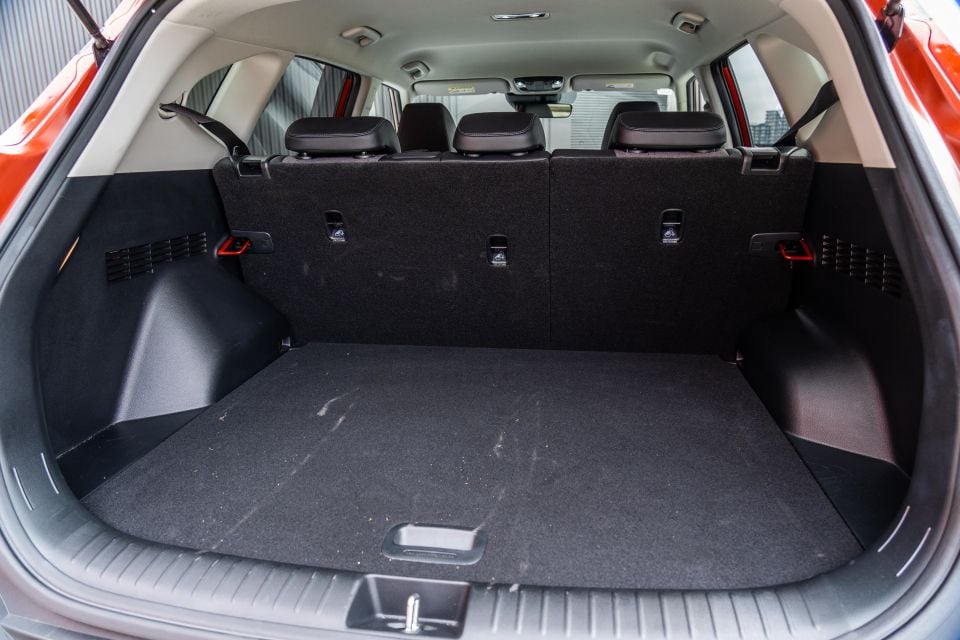
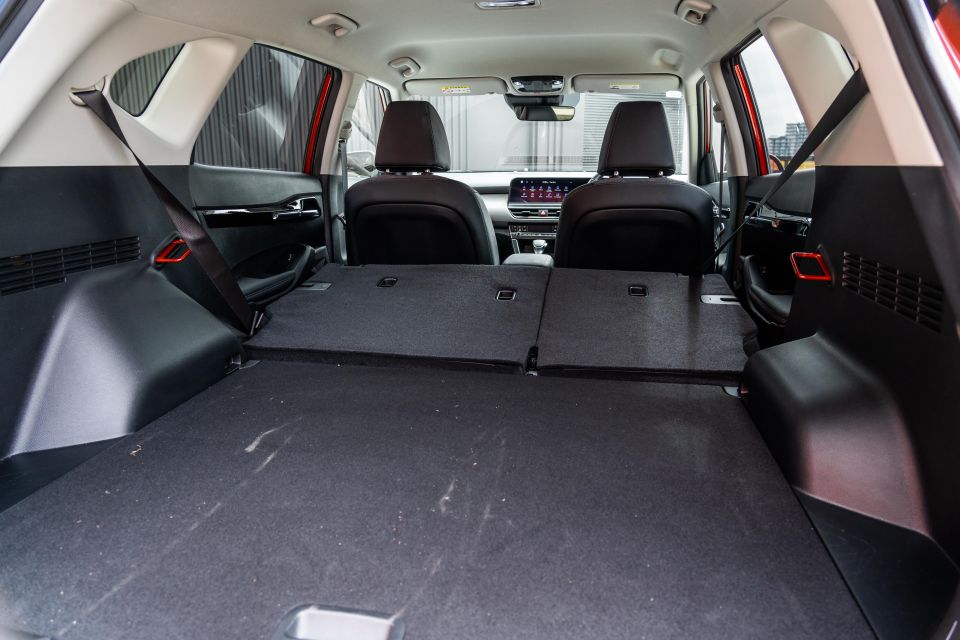
Little ones are also catered for, thanks to the requisite ISOFIX anchors and top-tether points. The Seltos’ rear-centre seatbelt is also fed from the seat, not the roof like some rivals.
Behind the segment-leading rear seats is one of the biggest boots in the class. All models bar the entry-level S – which feature a full-size spare – get 433 litres of volume with the rear seats in play, while the rest of the range with space-saver spares get 468 litres. That’s about as much as a Mazda CX-5 (442 litres).
Fold the rear seats down and that figure expands to 1428 litres in the Seltos S, and 1393 litres for everything else. The new Nissan Qashqai bests it with the seats down (1524-1513L), but offers less capacity in five-seat configuration.
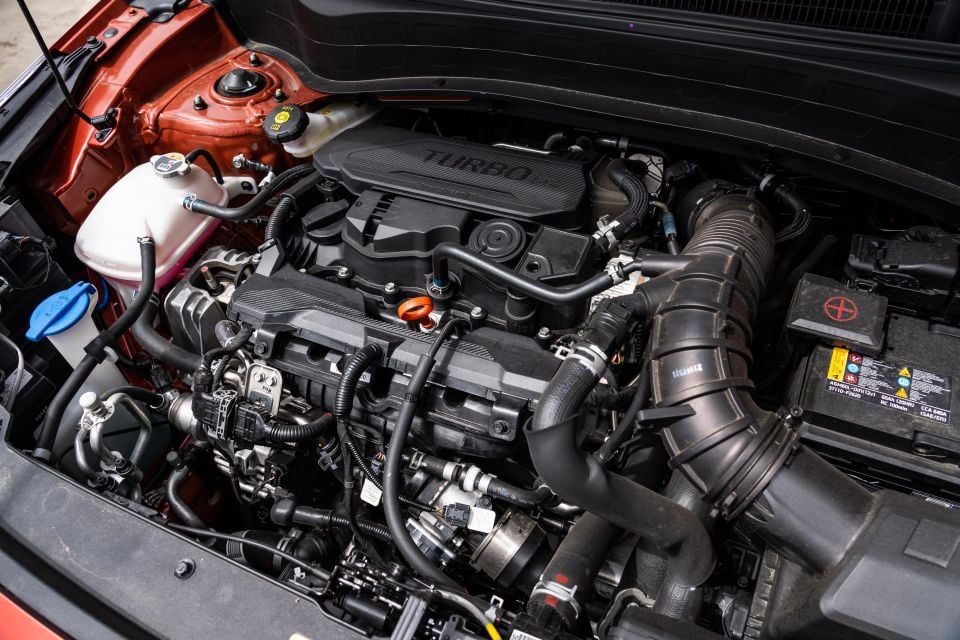
| Model | Kia Seltos 1.6 T-GDI AWD |
|---|---|
| Engine | 1.6-litre 4cyl turbo |
| Power | 146kW (6000rpm) |
| Torque | 265Nm (1600-4500rpm) |
| Transmission | 8-speed auto |
| Driven Wheels | All-wheel drive |
| Weight | 1495kg (tare) |
| Fuel economy (claimed) | 7.4 litres per 100km |
| Fuel economy (as tested) | 9.1 litres per 100km |
| Fuel tank | 50 litres |
| Minimum fuel requirement | 91 RON |
One of the key improvements for the mid-life facelift was the introduction of a new transmission for AWD models.
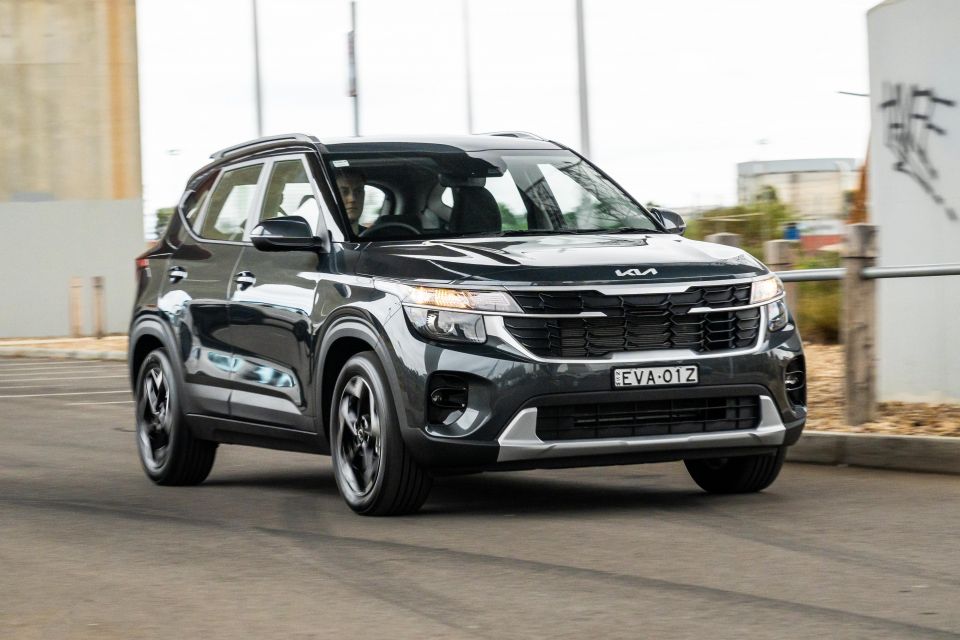
Seltos variants with the 1.6 T-GDI AWD drivetrain swapped out the old dry-type seven-speed dual-clutch auto for an eight-speed torque-converter auto similar to the one used in larger models like the Sportage and Sorento.
Turbo versions also get a 16kW power bump, and a 0.2L/100km improvement in combined fuel economy, for reference.
As you can imagine, this made for a big improvement to driveability refinement. Where the old car was hesitant and elastic in its response, particularly in normal driving, the new eight-speeder is much more intuitive in response and offers smoother shifts.
It’s also fairly quiet and refined going about its duties, thanks in part to added sound insulation as part of the facelift, but the petrol engine has a distinctive buzzy note that is common to other Hyundai-Kia products with variations of this direct-injected motor.

I will say that despite the Seltos 1.6T packing 146kW, which is quite high for the segment, don’t expect it to feel as peppy as something like a VW T-Roc R-Line. The turbo’d Seltos is a little down on torque compared to performance leaders in the segment, and has been geared for efficiency.
Despite being geared for efficiency, it’s not all that efficient for the class. I saw an indicated return of 9.1L/100km after my week with the Seltos, but saw in the 10s with less highway driving mixed in. That seems pretty thirsty for this size class, and it’s not helped by the lack of idle stop/start technology for high-traffic city and urban commuting.
What the Seltos does get right, however, is the ride and handling. As has been well documented, Kia Australia localises the ride and handling tunes of just about every model it sells, and the Seltos is all the more better for it.
The steering is well weighted and pretty quick in response, giving it something of a sporty feel. Likewise the balanced handling has keen turn-in but also good body control and ride compliance – it’s up there with the best in class.
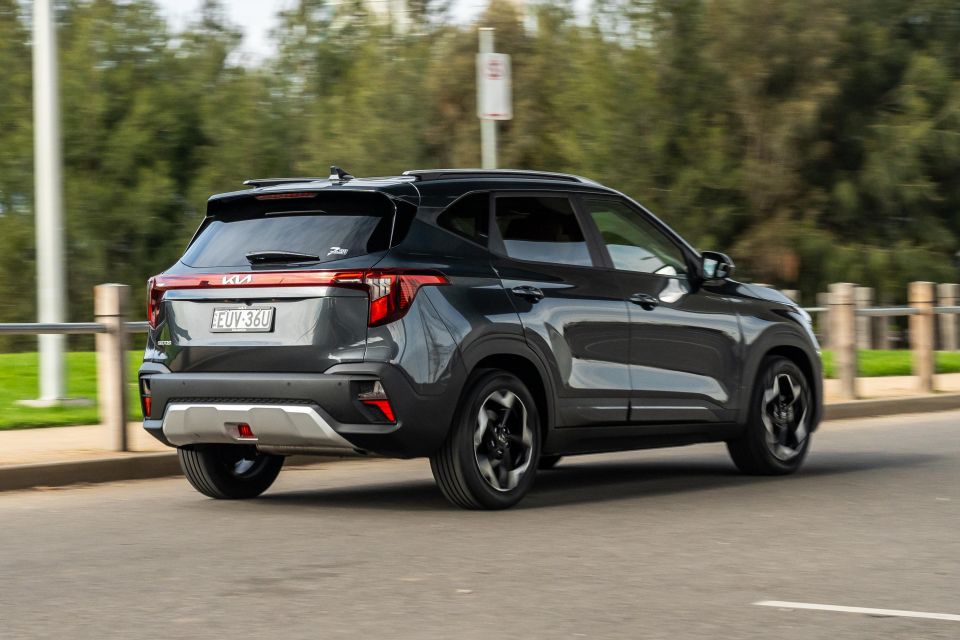
Having that eighth cog also means there’s less noise at a cruise as the engine is more relaxed at highway speeds, and the addition of more sound-absorbing materials in the floor carpet, door trims, wheel guards and C-pillars to mitigate road noise helps to bring a claimed 0.3dBA reduction in road noise compared to the old model.
But that’s not to say the Seltos is whisper quiet on coarser bitumen at speed, because it’s not. If you’re doing a lot of highway touring and want something that offers an ambience up there with the premium brands, I’d suggest looking at a Mazda CX-30 or Nissan Qashqai.
Should you be feeling a little racy behind the wheel, you can flick the Seltos into Sport mode which sharpens the throttle response, holds gears for longer as well as tightens up the steering to give the car a more focused feel. It’s a shame there are no paddle shifters to properly control things yourself, though you can use the gear shifter to do this.
Annoyingly despite costing over $40,000, the Sport+ misses out on several desirable features reserved for the GT-Line, such as LED exterior lighting, a head-up display, and rain-sensing wipers – considering many rivals fit most of these as standard, it’s a shame Kia still makes you stump for the top-shelf model to get these fairly basic bits of kit.
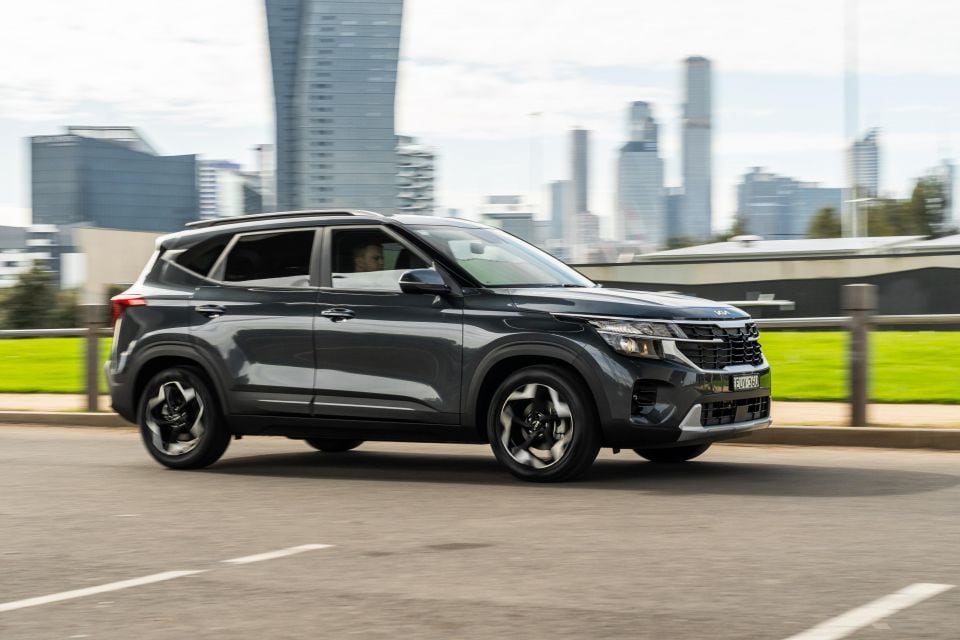
Still, the biggest frustration is the Intelligent Speed Limit Assist, which turns on every time you start the car and constantly chimes when the speed limit changes, when you go slightly over the limit, or if you’re 3km/h over the last detected speed limit.
It interrupts your music, phone calls, but most importantly your sanity to the point where you find yourself diving through the settings menus in the infotainment system to turn it off. Then, you have to do it all over again when you start the car because you can’t keep it off.
Otherwise the adaptive cruise control works as you’d expect, but at times like other more affordable models in Kia’s stable can be caught going well under or well over the set speed on sharper inclines or declines.
Lane Following Assist centres the vehicle in its lane and combines with the adaptive cruise to do the hard work for you on extended freeway stints, while active blind-spot and rear cross-traffic assists alerts you to approaching vehicles but will also apply counter steering or the brakes respectively to avoid a collision.


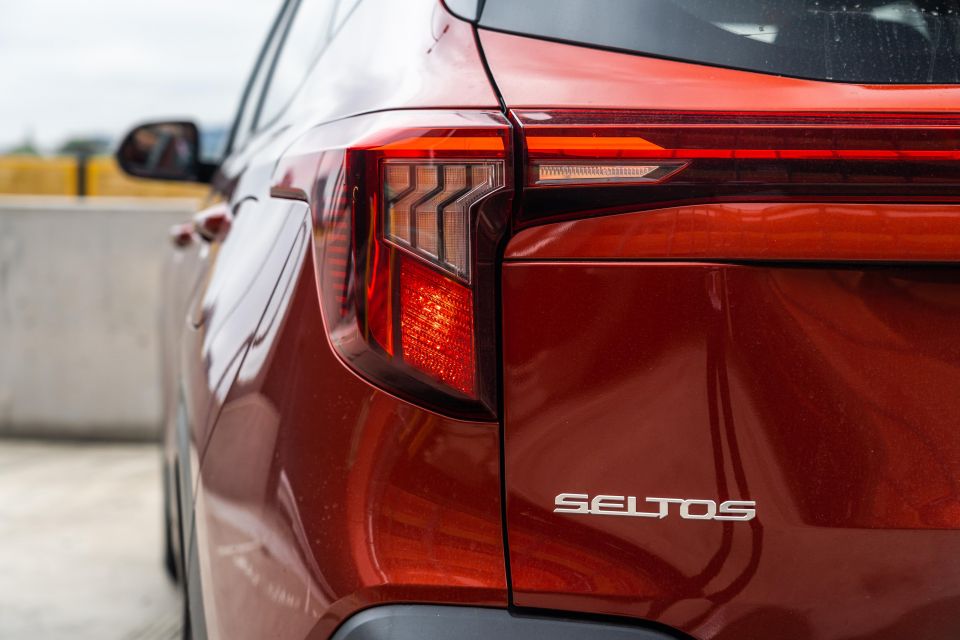

Seltos S highlights:
Seltos Sport adds:
Seltos Sport+ adds:
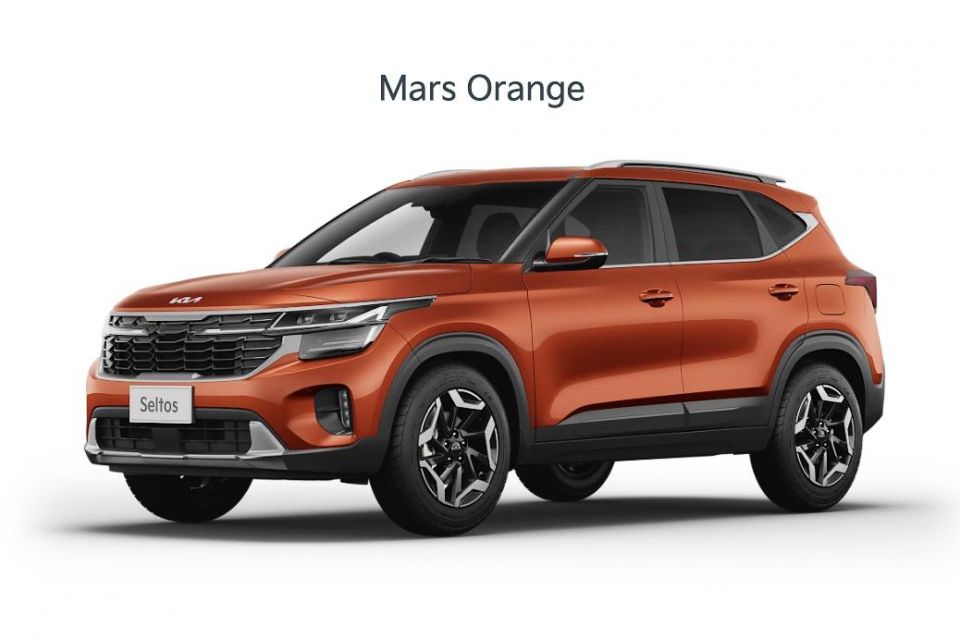
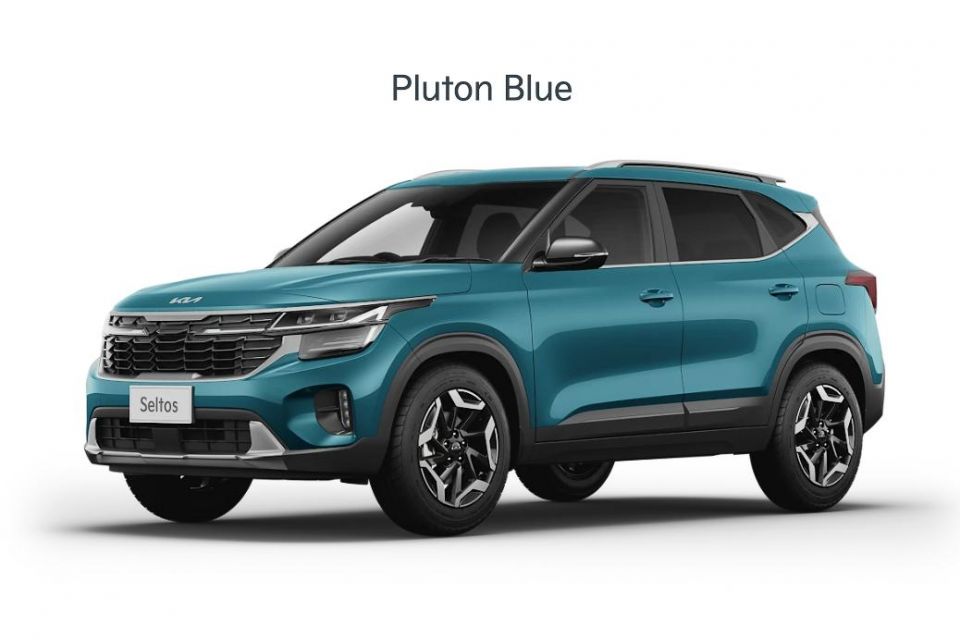

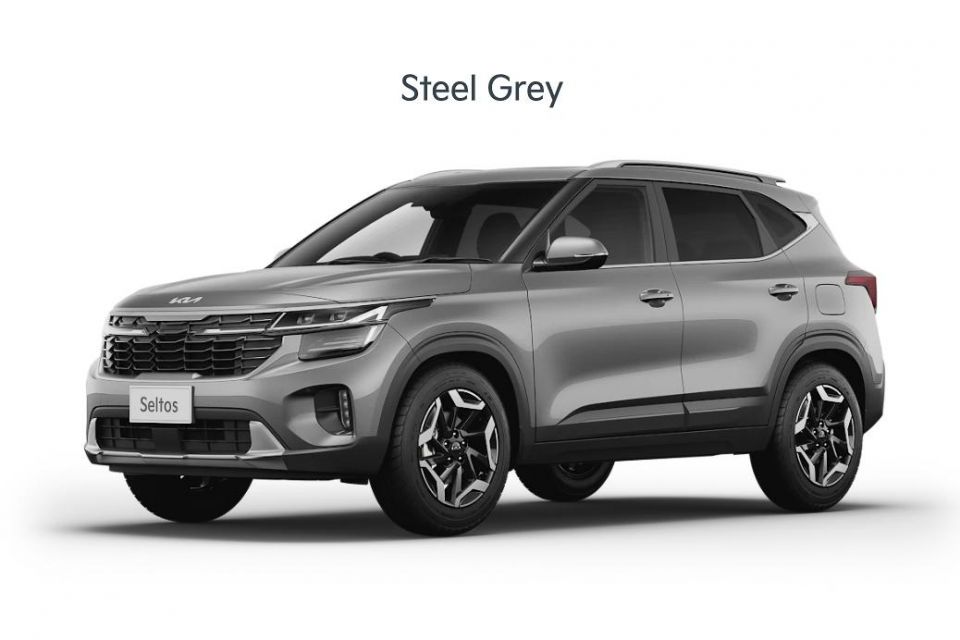
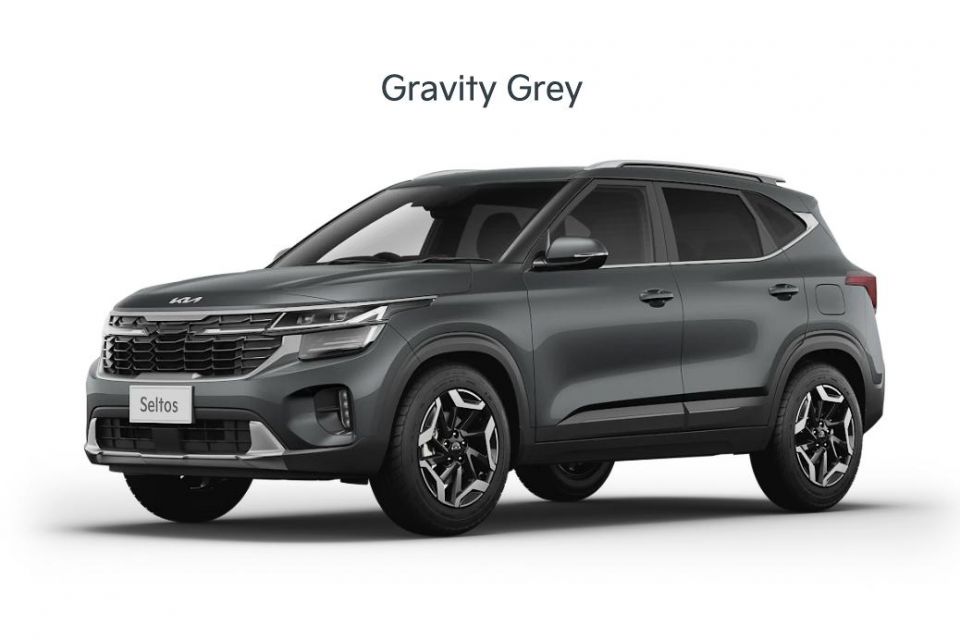
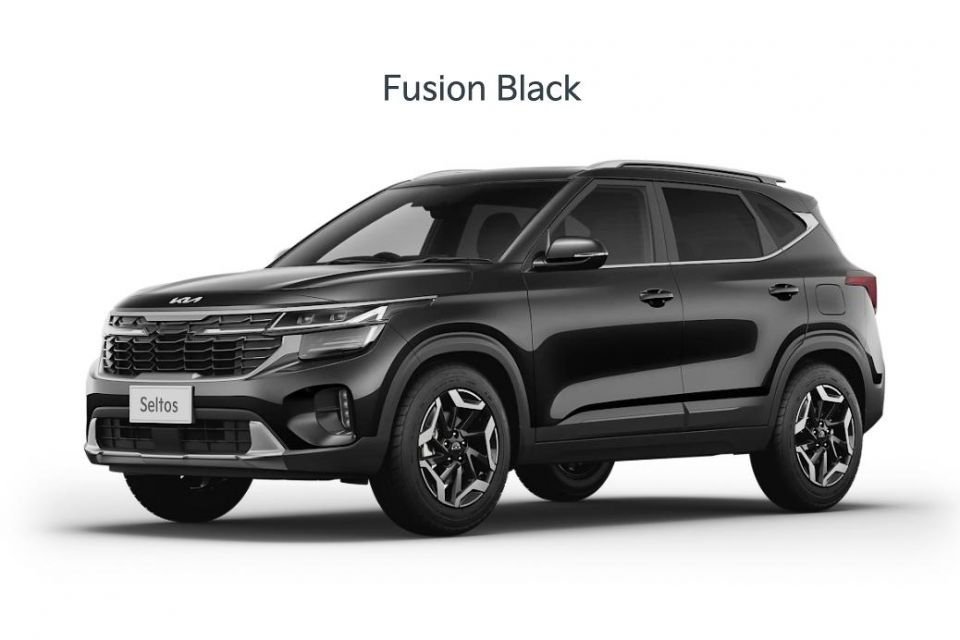
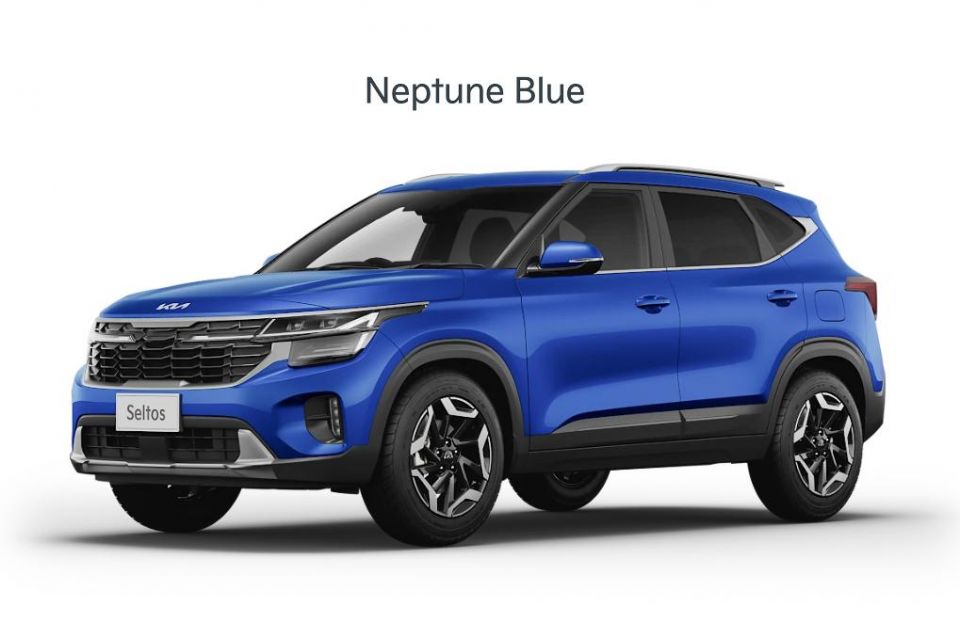
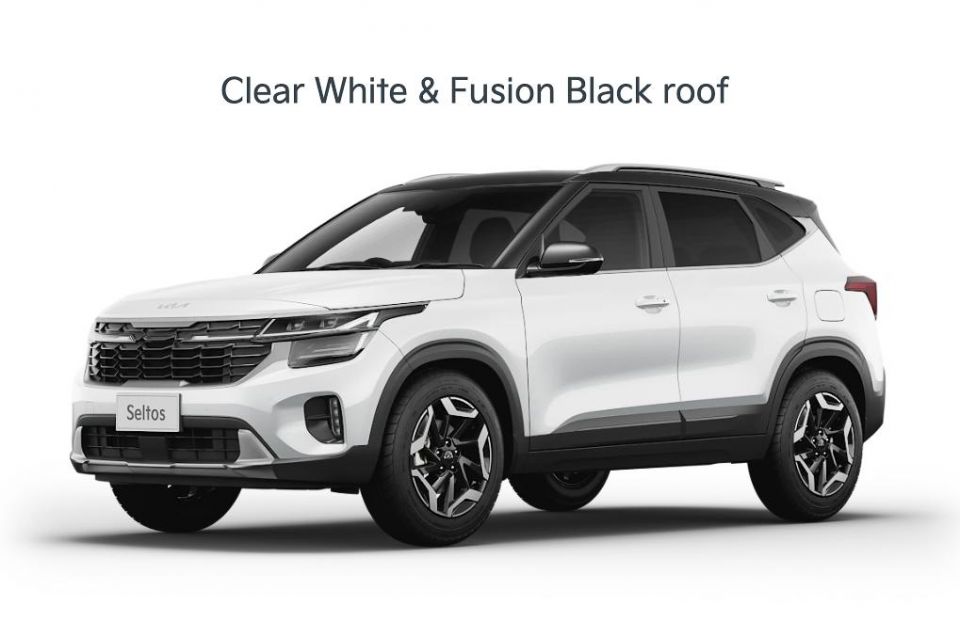
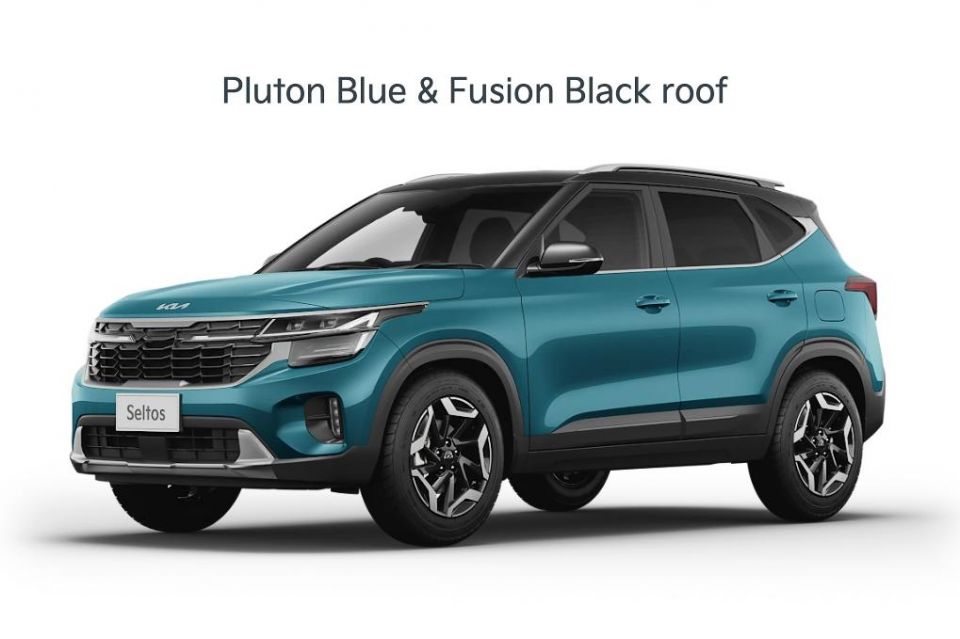
Where expert car reviews meet expert car buying – CarExpert gives you trusted advice, personalised service and real savings on your next new car.
*Premium paint costs $520 extra ^Two-tone roof removes sunroof; GT-Line only
The Seltos wears a five-star ANCAP safety rating based off testing of the pre-facelift model in 2019.
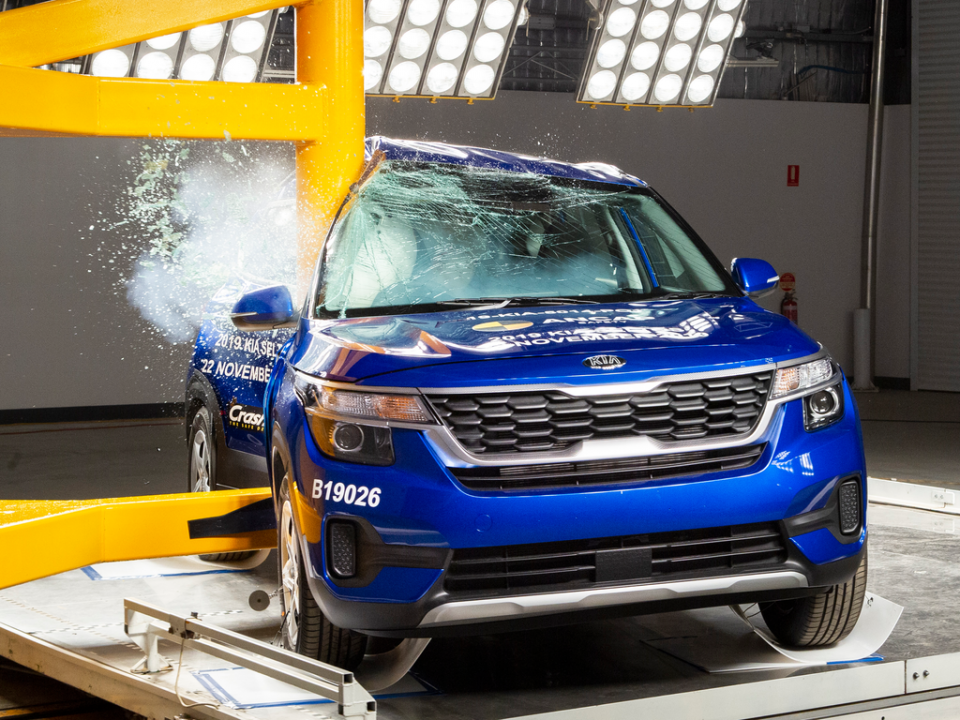
It received an adult occupant protection score of 85 per cent, child occupant protection score of 83 per cent, vulnerable road user protection score of 61 per cent, and a safety assist score of 70 per cent.
Standard safety features include:
Seltos Sport adds:
Seltos Sport+ adds:
The Seltos continues to be covered by Kia’s seven-year, unlimited-kilometre warranty with capped-price servicing for the same period and roadside assistance for up to eight years.

Kia Connect is complementary for seven years too, and you get free map updates for your satellite navigation system (where applicable) for up to 10 years.
Scheduled maintenance is required every 12 months or 15,000km for the 2.0 MPi, or slightly shorter 10,000km intervals for the 1.6 T-GDi. Kia Australia says it’s global policy for its turbo models to have shorter intervals.
The Seltos 2.0 MPi will set you back $288, $494, $352, $614, $324, $624 and $344 for the first seven visits ($3040), while the 1.6 T-GDi costs $308, $500, $373, $651, $346, $630 and $671 ($3479).
Both cost just over $2000 over five years, which is competitive with most brands other than Honda and Toyota.
There’s a lot to like about the Seltos, but I don’t think this specification is the one to go for.
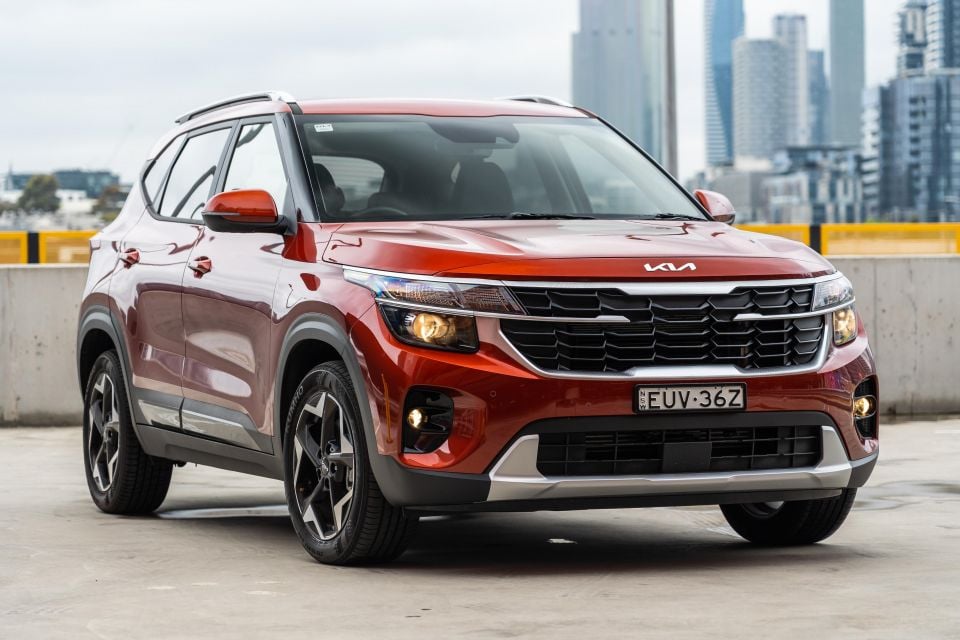
Most of Kia’s range follows a similar trend, in that the one-up from base grade or the flagship are the picks, as they’re normally good value for money and offer a good level of standard features.
In the case of the Seltos, the Sport 2.0 FWD is nearly $7000 than this Sport+ 1.6T AWD but looks mostly the same externally and retains stuff like the digital cockpit and Kia Connect, and the price gulf means you can sort of overlook the missing assistance kit like adaptive cruise and blind-spot collision avoidance.
Otherwise, if you want all the fruit, the GT-Line isn’t that much more and really you can get away with the FWD model if you don’t drive on unsealed roads often or plan on going to the snowfields – I do understand some people like the added surety in adverse weather, though the price premium isn’t justified in my opinion.
The competition in this segment is hotting up in general, and the fact Kia is still persisting with halogen headlights and holding rain-sensing wipers hostage except for the flagship grade is a bit of a piss-take when this car is over $40,000 on the road. C’mon Kia, you know what to do…
Get the spec right though, and the Seltos is a very capable crossover for singles, couples, small families and our more distinguished elders, offering a well-rounded package for attainable money. It’s still a very good little thing.

Click the images for the full gallery
BUY: Kia Seltos MORE: Everything Kia Seltos
Where expert car reviews meet expert car buying – CarExpert gives you trusted advice, personalised service and real savings on your next new car.
Discover and compare similar models
James Wong is an automotive journalist and former PR consultant, recognised among Australia’s most prolific motoring writers.


William Stopford
1 Day Ago
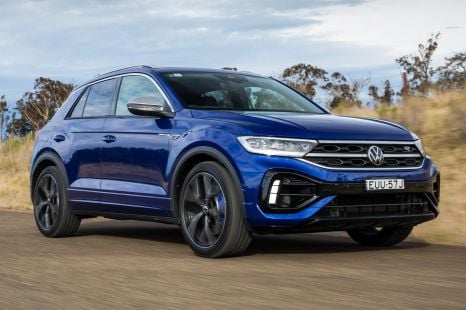

William Stopford
5 Days Ago
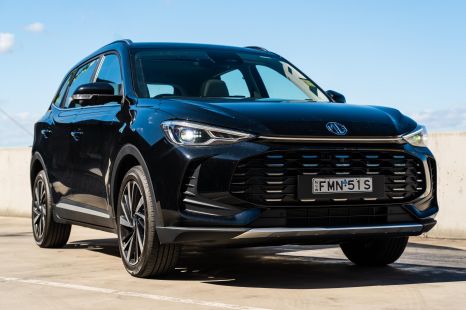

William Stopford
11 Days Ago


Ben Zachariah
13 Days Ago
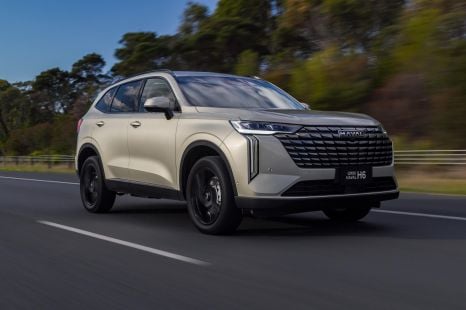

Damion Smy
16 Days Ago


Max Davies
21 Days Ago